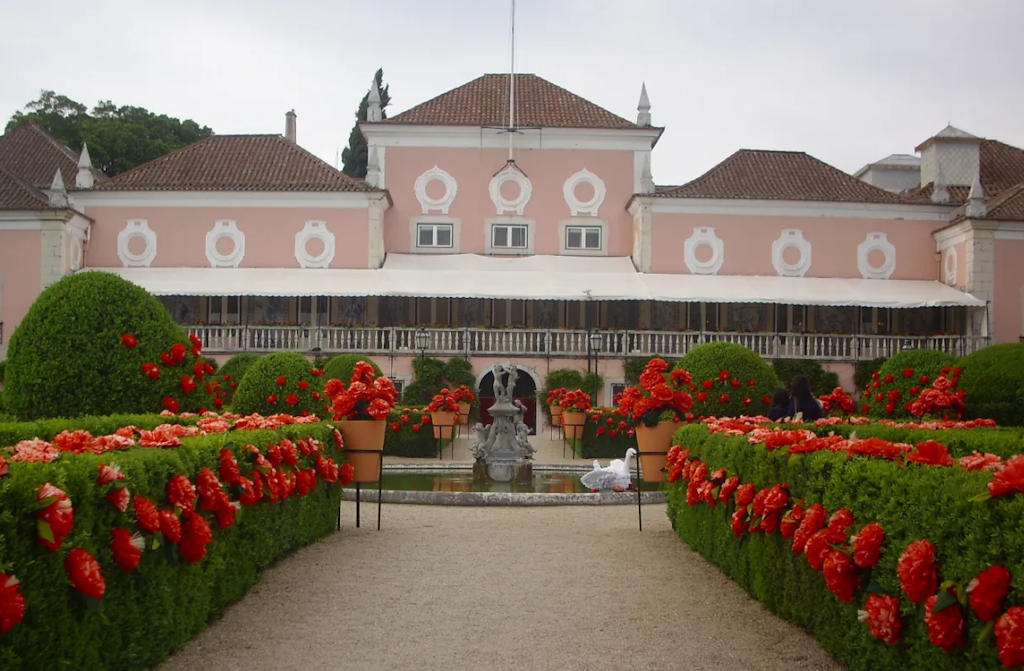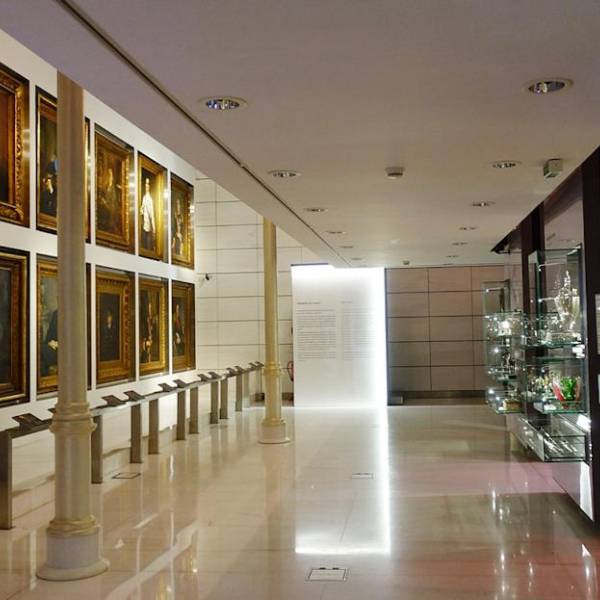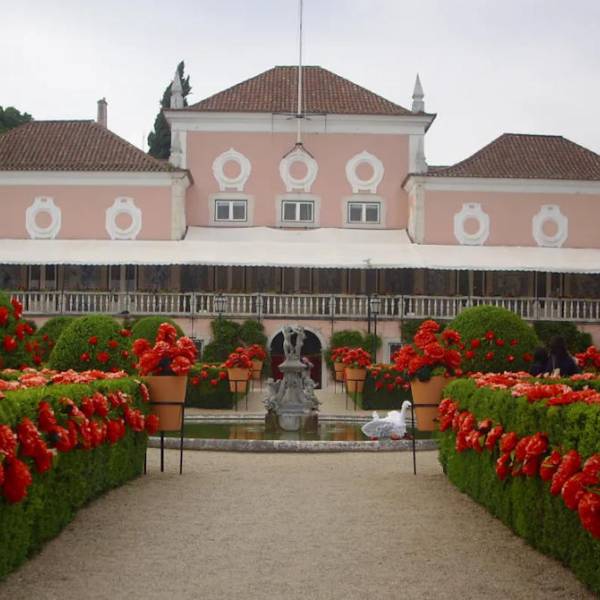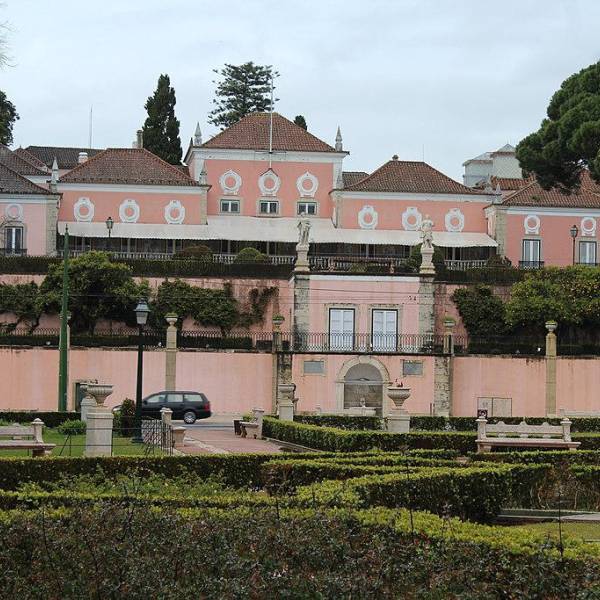In 1726, the palace took on a new role when King John (João) V of Portugal acquired it as a summer retreat from the bustling city life of Lisbon. Little did he know that the palace would face a severe test of resilience just a few decades later. The Great Earthquake of 1755 struck Lisbon with devastating force, leaving destruction in its wake. Belém Palace, however, withstood the tremors and became a refuge for the injured survivors, serving as a field hospital. Fearful of aftershocks, the Royal residents camped outside in tents, finding solace amidst the ruins.
As you embark on a tour of Belém Palace, you are greeted by the sight of a ramp flanked by presidential guards, leading you into the palace grounds. On the left side, the old stables have been transformed into The Museum of the Presidency of the Republic (Museu da Presidência da República), offering visitors a glimpse into the rich history and heritage of the Portuguese presidency. The ramp leads you to the Patio dos Bichos, named for the cages that once housed exotic animals from Africa. Within this courtyard, the entrance to the main building of the palace beckons you with its intriguing allure.
Stepping inside, you ascend a stone staircase, passing under a stone portico, and enter the renowned Sala das Bicas. This reception hall holds a special place within the palace, as it is where the guests of the president give interviews to the media. The striking black and white marble floor and the intricately painted wooden ceiling leave a lasting impression. The walls are adorned with polychromatic azulejo tiles and jasper busts representing Roman emperors. Two drinking fountains grace the room, lending it its name. The Sala das Bicas is further illuminated by an impressive bronze chandelier, casting a warm glow on the surroundings. Completing the room's decoration are black tapestries adorned with the crest of Dom João V, paying homage to the palace's rich history.
Adjacent to the Sala das Bicas, you will find the Dining Room, an addition to the original building. Its walls are adorned with a painting symbolizing the five senses: sight, hearing, touch, taste, and smell. From 1980 to 1985, the room served as a museum, showcasing the gifts presented to President of the Republic Ramalho Eanes. After his presidency, the room returned to its original purpose, allowing visitors to imagine the grand banquets and lavish feasts that once took place within its elegant walls.
One of the most splendid reception rooms within Belém Palace is the Sala Dourada, or "Golden Room". Retaining its original layout from the time of Dom Manuel, this room features a sumptuous 18th-century ceiling design. Gold-framed panels, a central allegorical painting, and intricately carved gilt embellishments make the Sala Dourada a true masterpiece of Portuguese craftsmanship. Adjacent to the Sala Dourada, you will discover a tiny chapel where Dom Manuel II and his brother, Luís Filipe, were baptized. In 2002, the chapel received a gift from Paula Rego—a set of eight pastel paintings depicting the life of the Virgin Mary, adding an artistic touch to the palace's spiritual significance.
Continuing your journey through Belém Palace, you encounter the Sala Império, also known as the "Empire Room". Previously referred to as the portrait room or presidents' room, this space now displays a large tapestry. The Empire-style furniture lends an air of elegance and refinement to the room, while the walls pay homage to past presidents through the portraits that once adorned them. Today, a sense of history and prestige fills the air, enveloping visitors in the rich tapestry of Portuguese governance.
Lisbon.vip Recommends
Leaving the cabinet room, you step outside and pass through the Patio das Damas, or Ladies Patio. The Parterre style garden of Belém Palace, known as Jardim de Buxo, unfolds before your eyes, offering a tranquil retreat amidst the splendor of the palace. Overlooking the Praça Afonso de Albuquerque beyond the palace's boundaries, the garden enchants visitors with its manicured lawns, fragrant flowers, and meticulously trimmed boxwood hedges. Within the garden, you will discover the Casas de Fresco, dating back to the 17th century. Originally designed to provide welcomed shade during hot summer days, these structures reflect the ingenuity and aesthetic sensibilities of the time. A true highlight of the garden is the Cascade Garden, created at the request of Dona Maria I to house a collection of exotic birds. Its centerpiece, a large statue of Hercules, stands proudly, symbolizing strength and endurance.
To complete your visit to Belém Palace, make your way to the east wing, which was once the Royal riding school, known as the Picadeiro Real. Today, this historic space is home to one part of the National Coach Museum (Museu Nacional dos Coches), where you can marvel at the opulent carriages and transportation of a bygone era. Immerse yourself in the elegance and craftsmanship of these beautifully preserved relics, allowing your imagination to transport you to a time of royal splendor and grace.
Belém Palace stands as a living testament to the rich tapestry of Portuguese history. With its majestic architecture, opulent interiors, and meticulously manicured gardens, it invites visitors to embark on a journey through time. From the echoes of monarchs and the resilience in the face of natural disasters to the present-day seat of the presidency, this extraordinary palace continues to capture the imagination and ignite a sense of awe in all who have the privilege to experience its grandeur. Plan your visit to Belém Palace today and uncover the treasures that await within its regal walls.
Map View






